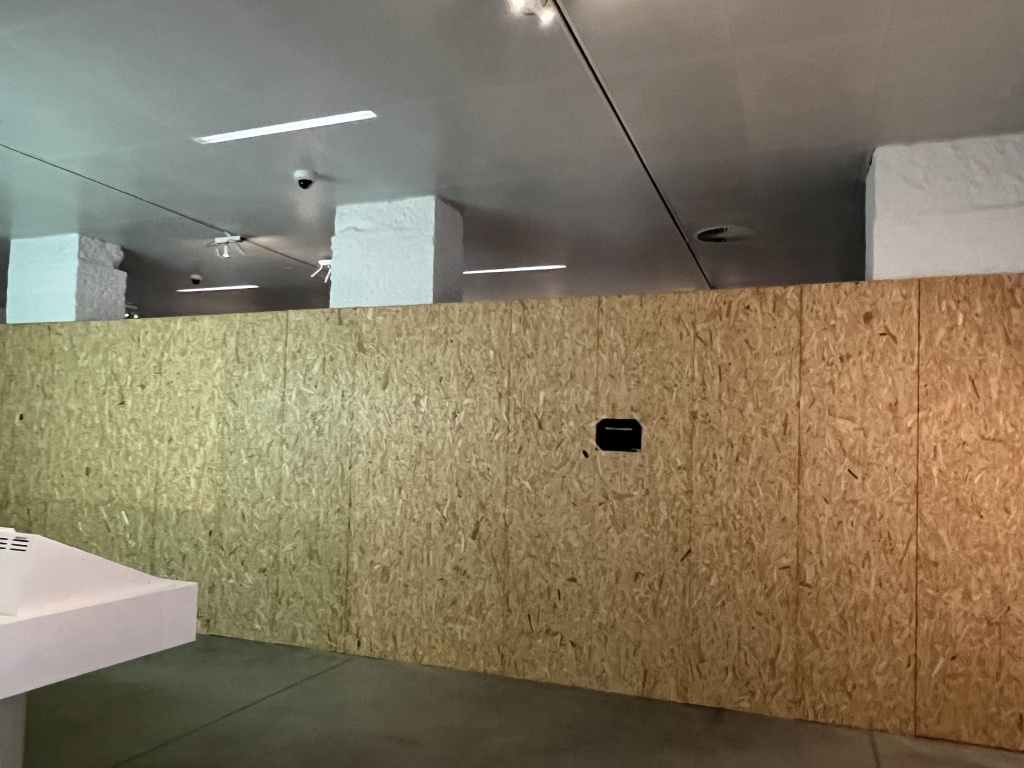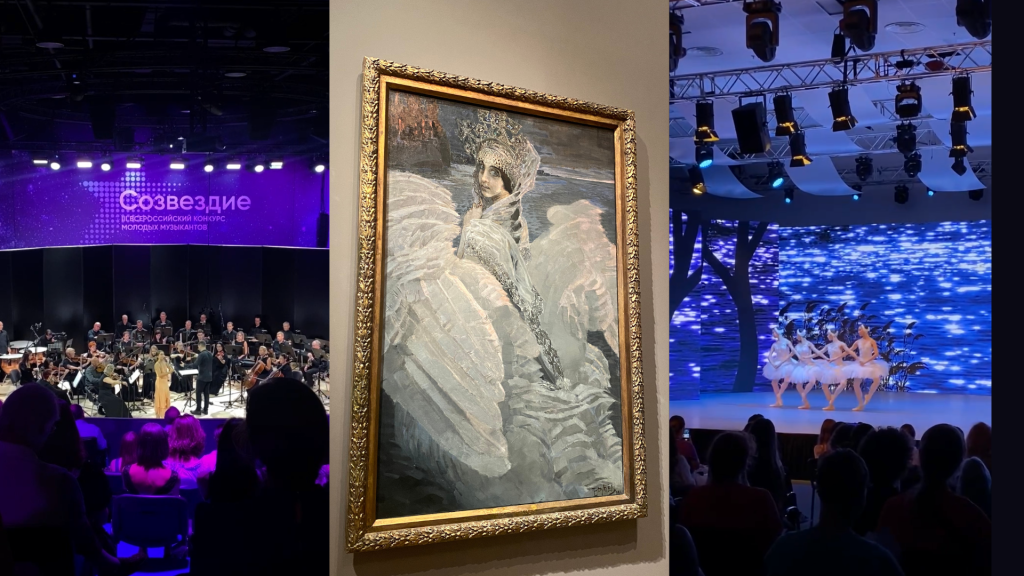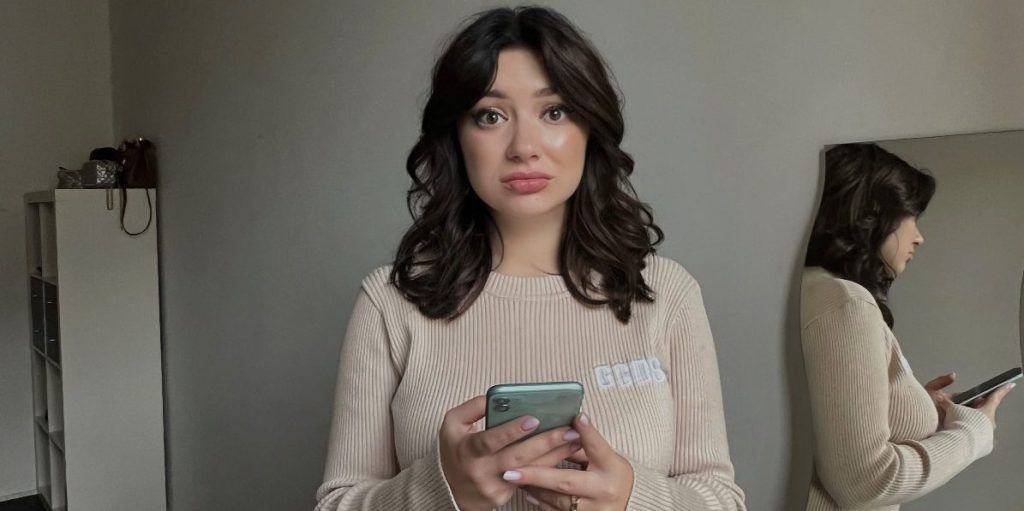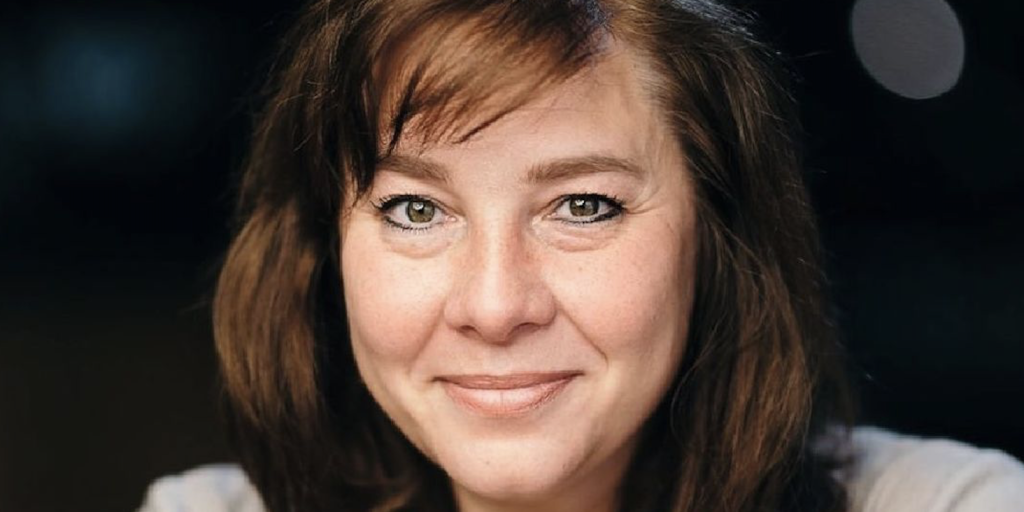The historic building of the museum was constructed with the finance of King Léopold II in the 19th century. Not only was it built with colonial money from Congo, but it also ‘promoted the colonisation’ through statues representing African people naked in an ‘exotic’ way, explained Deputy Director of Public Services, Katia Dewulf. These sculptures were part of an exhibition for years. Museum visitors could see them all together in an introduction room next to the entrance of the museum. But not anymore.

An explanation about colonialism had been written next to the sculptures but the museum management decided that stricter measures were needed to prevent any potential confusion among the audience. ‘It’s hard to understand what’s happening in this room as an individual visitor. The contextualisation with the text is difficult as the topic is sensitive,’ elaborates Katia Dewulf. The intention is to stop ‘highlighting’ controversial statues.
‘In the introduction room, everyone had to see it. Now we give people a choice. If you want to see it, you can see it’
Katia Dewulf , Deputy Director of Public Services at AfricaMuseum
From now on, visitors will only be able to view the sculptures only with the assistance of a guide. According to the museum’s website, they are making tours once a month.
When I arrived at the museum on August 13, access to the room with sculptures was restricted. Even though I had the necessary accreditation and spent half an hour trying to convince the staff to open the room for me, I was not allowed to get there and take pictures. Currently, the room is surrounded by fencing on all sides.

Journalist and expert on Africa on VRT NWS, Peter Verlinden, considers the change in the museum as a cancel culture case. Before one could make up their own mind about the sculptures. Now you a visitor are ‘obliged’ to percept them in the way that the museum wants you to see them, according to the journalist.
‘You have a right as a museum to show this and not to show that. But it is very bizarre to say, ‘Okay, we hide the statues. But if you have one of our guides who will tell you exactly how you have to understand it, then you can look at them,’ as if this is only one way to understand things,’ Peter Verlinden explains how he sees the new guidelines. He also believes that in 5 years the way of seeing the sculptures will change again and in 10 years once more.
‘The museum considers the public immature and lacking knowledge and wisdom to understand what they are looking at’
Peter Verlinden, expert on Africa

Not everyone is taking a guide as it involves a cost and consumes more time, according to Peter Verlinden. The museum should find ways to enhance clarity in explaining why these statues were positioned together in that specific location, he adds. ‘I know Bart Ouvry, the director of the Museum, and I don’t understand why he has done that and why there are no discussions about that. It’s a symbolic question,’ Peter Verlinden admits.
‘Visitors should have the freedom to make their own interpretation of the museum’
Peter Verlinden, expert on Africa
Peter Verlinden gave an example of how different views on exhibits could be: ‘There is a robot at the museum. Created by a female Congolese engineer, it was used in Kinshasa as the moving traffic light. One can look at it and say ‘How innovative this woman engineer is!’ But another person will state: ‘How stupid it is to invest money in robots when you can use traffic lights’. After the launch of the robot, many Congolese people considered it as a replacement for the policemen because it doesn’t take bribes’.

Some sculptures, however, can’t be removed as they are part of a building. The museum decided to place Congolese artists’ installations in front of them to create ‘dialogue with the sculpture,’ according to Katia Dewulf.

Renovation of AfricaMuseum took 20 years and the reason to do it is a ‘new demand of the society’, tells Katia Dewulf. ‘The role of the museum is to help people to develop a better world. And the museum reflects the society and its changes,’ she concludes.

AfricaMuseum wants to get feedback from the audience about the exhibition and the renovation so it launches a public application form in September.





Leave a comment